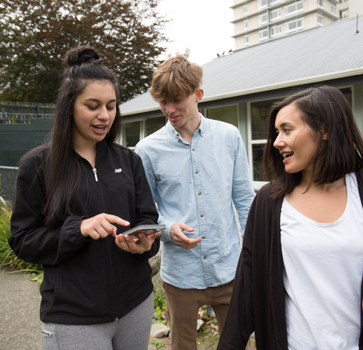Employment conditions and protections
Parental leave and parental leave payments
Overview
If you are working and having a child, you are legally entitled to take unpaid time off work so you can care for your baby. This includes if you’re adopting or taking over permanent care of a child under six years old. For example, you’ll qualify if your grandchild comes to live with you and you’re going to raise them.
If you’re looking for information about taking leave from work, keep an eye out for this ‘time’ icon:
If you’re looking for information about getting parental leave payments, keep an eye out for this ‘money’ icon:
There are different types of parental leave, depending on your relationship to the child – for example, primary carer’s leave is different from partner’s leave. For more information about the different leave entitlements, see: “Taking parental leave”.
There are also times when you are entitled to receive parental leave payments. If you’re the primary carer for the child, you might be eligible for payments for some or all of the time you are on leave. To see what you’re entitled to, see: “Getting parental leave payments”.
If you are pregnant or taking parental leave, the law protects you from being fired or treated unfairly at work. To see how you’re protected, see: “Job security while you are pregnant or on parental leave”.
Note: The rules about parental leave and parental leave payments can be confusing when you’re figuring out what you’re entitled to. Your employer is responsible for approving your leave, but the government is responsible for your parental leave payments. It’s important to know that most parental leave is unpaid, and the eligibility test for payments is different from the eligibility test for leave. So, being entitled to leave doesn’t mean you’re entitled to payments, and vice-versa.

